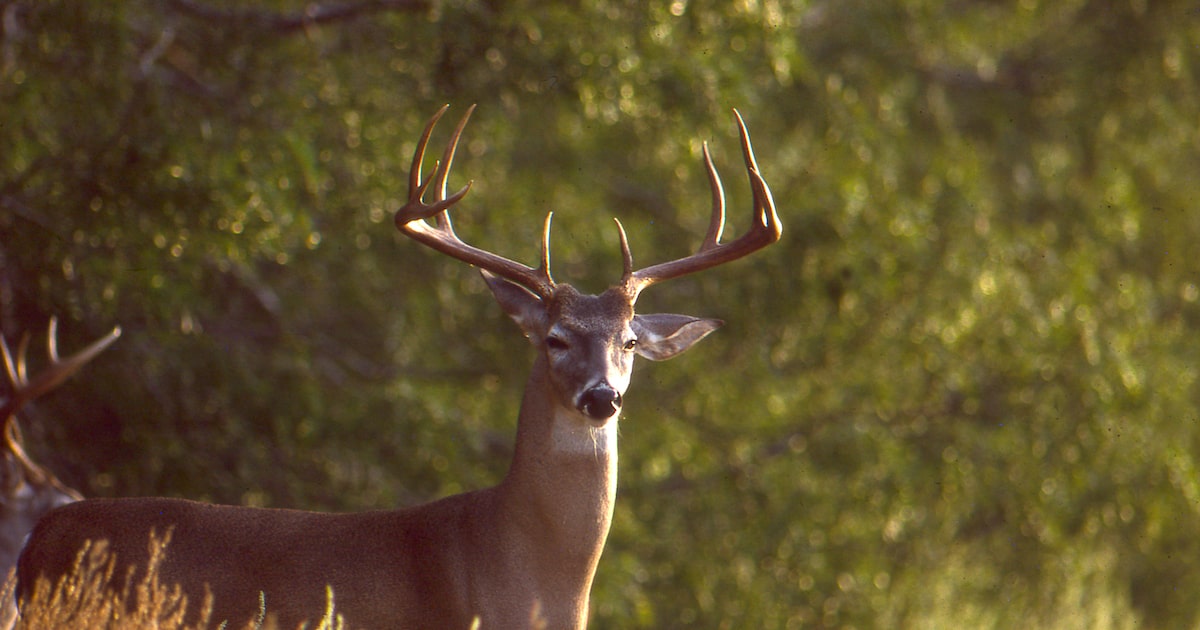Deer Trafficking Bust: Texas Breeders Convicted in High-Stakes Wildlife Smuggling Scheme

In a dramatic turn of events, a South Texas deer breeder and his business associate have been brought to justice after a complex investigation revealed extensive illegal activities in the white-tailed deer trade. The pair were arrested in Montgomery County and subsequently convicted of multiple serious violations related to deer smuggling and trafficking.
The case highlights the intricate underground world of wildlife commerce, where rare and valuable deer are illegally transported and traded across state lines. Authorities meticulously built a case that exposed the sophisticated network of illegal wildlife trafficking, ultimately leading to the arrest and conviction of the two individuals involved.
Law enforcement officials worked diligently to unravel the complex scheme, gathering evidence that demonstrated the systematic nature of the deer smuggling operation. The convictions send a strong message about the consequences of illegal wildlife trading and the commitment to protecting native deer populations.
This case serves as a stark reminder of the ongoing challenges in wildlife conservation and the importance of strict regulations in the breeding and transportation of protected animal species.

